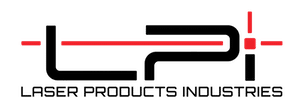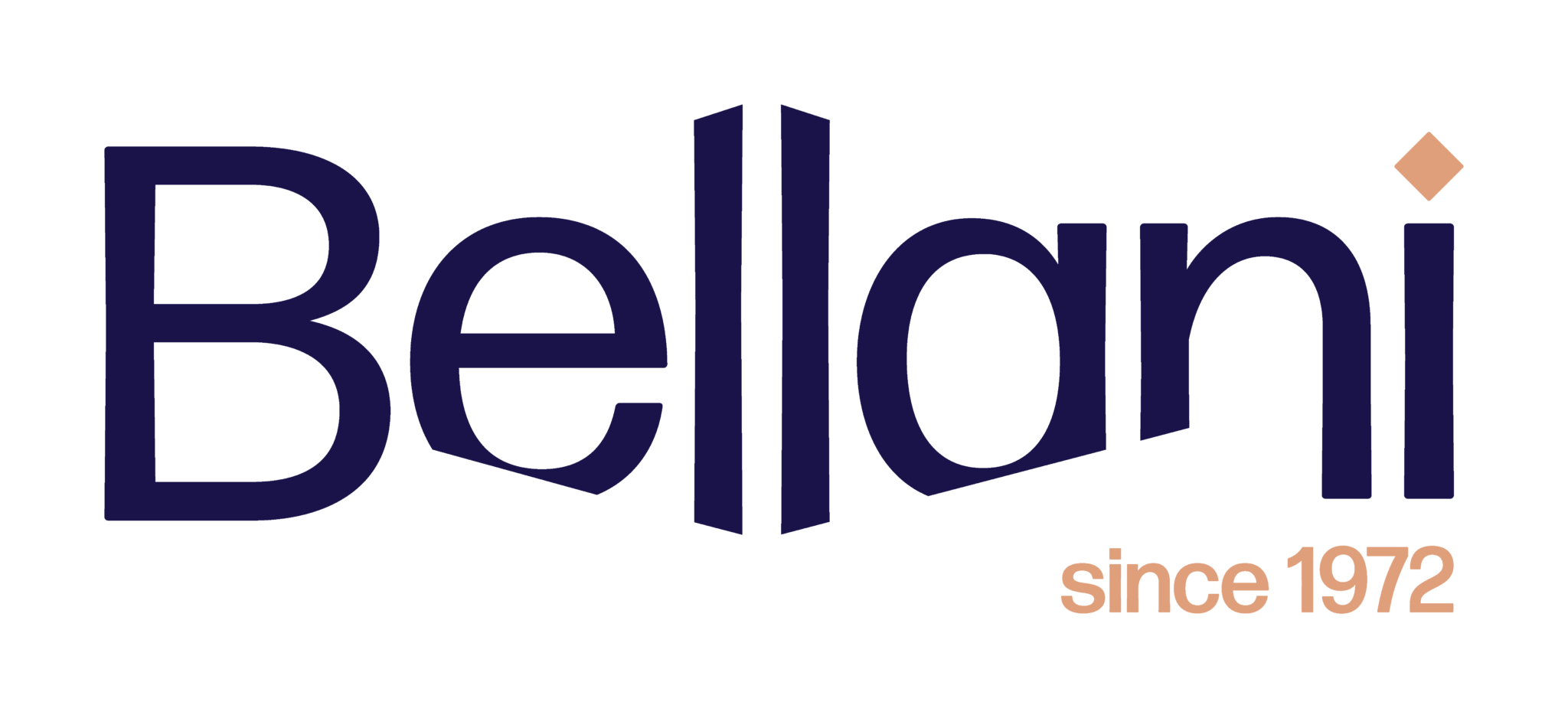In essence, timeframes that are longer will be slower and generate fewer trading signals. On the other hand, timeframes that are shorter increase trading activity. If we already have an idea of where the market is most likely to move.
Average True Range (ATR)
The first is that ATR is a subjective measure, meaning that it is open to interpretation. No single ATR value will tell you with any certainty that a trend is about to reverse or not. Instead, ATR readings should always be compared against earlier readings to get a feel of a trend’s strength or weakness.
Share this content
Software programs perform the necessary computational work instantaneously. I was really looking for a way to reduce whipsaws in my trading system, and that description and guide certainly helped me a lot. As with all the other MetaTrader 4 (MT4) indicators, using them is just a matter of drag and drop.
Step #1: Make Sure Your Chart Setup Configuration Looks the Same as our Price Chart
The ATR is a technical indicator that measures the volatility of an asset by calculating the average range between the high and low prices over a specific period of time. The ATR is often used to set stop-loss levels and determine the size of a position. However, it can also be used to identify potential breakout opportunities. The Average True Range (ATR) indicator is a valuable tool for forex traders, particularly beginners, as it provides insights into market volatility and helps set appropriate stop-loss levels. The Average True Range (ATR) is a popular indicator used in the Forex market to measure the volatility of currency pairs.
- The ATR was created to allow traders to more accurately measure the volatility of an asset using simple calculators.
- One of the primary uses of the ATR indicator in forex trading is to determine appropriate stop-loss levels.
- The distance between the highest high and the stop level is defined as some multiple times the ATR.
- Periods of low volatility, defined by low values of the ATR, are followed by large price moves.
- Proper risk management is also essential to protect against potential losses.
- A common volatility breakout strategy using the ATR indicator involves placing entry orders above or below the current price range.
It should not be ignored that ATR is calculated based on absolute values of price differences. It means that securities with higher price values inherently have high ATR values. Trading robot should be adjusted to compare multiple security ATR values. The ATR indicator is a great tool to use when it comes to establishing profit targets. This brings us to the next step of our Average True Range Trading strategy. Now, it’s time to show you a real demonstration of how the ATR indicator works.
Day Trading
Always remember that the ATR movement does not indicate the price direction of the currency pair but the level of volatility in the market. Technical analysis focuses on market action — specifically, volume and price. When considering which stocks to buy or sell, you should use the approach that you’re most comfortable with. ATR is basically a continuously plotted line that is kept under the main price chart window, as is evident from the image above. The ATR can be used by the market technician to enter and exit trades and is a useful tool to add to the trading system.
The way they use daily ATR to see how the asset moves in a day, daily traders also use one-minute ATR to see how the price moves in five or ten minutes. This strategy is good for establishing stop-loss orders and profit targets. Where TR is the True range; H is today’s high; L is today’s low; and C.1 is yesterday’s close. The average Forex atr true range is a moving average of the true ranges, generally used for 14 days. Veteran traders have learned that the ATR is a wonderful tool for predicting breakouts and breakdowns in pricing behaviour for your chosen asset. A sudden change in the ATR signals that investors are committed to following through with buy and sell orders.
This data should include the high, low, and close prices for each period in your chosen timeframe. You can obtain this data from various sources, including trading platforms, financial websites, or by utilizing specialized software. Well, first of all, it’s an excellent indicator of just what its name says – the Average True Range of trading over whatever time frame you apply it to.
Many beginners tend to set stop-loss orders using a fixed amount like 20 or 25 pips below their entry point. When market volatility accelerates, these stop-loss orders are easily stopped out, depriving the beginner of riding the trend. In volatile markets, a better practice is to make the gap for a stop-loss order a fixed percentage of the ATR. In this way, your protection adjusts automatically to the volatility on hand. When the market is volatile, traders look for wider stops in order to avoid being stopped out of the trading by some random market noise. When the volatility is low, there is no reason to set wide stops; traders then focus on tighter stops in order to have better protections for their trading positions and accumulated profits.
Let the ATR be your guide as to when shifts are about to occur and seek confirmation from other sources. Practice observing how the ATR reacts with Bollinger Bands https://investmentsanalysis.info/ and with an RSI. Veterans swear by their practice routines as the best way to engrain their strategy and keep emotions from undermining trading strategy.
During downtrends, the ATR indicator tends to post higher volatility. The reason behind this ATR volatility phenomenon is given by the fear factor. The ATR indicator doesn’t say anything about the trend direction. The key to success in trading is about maximizing your profits and minimizing risk. At both those points, the ATR indicator is about mid-way between the two values shown on the right-hand side of the ATR window (9 and 37).













